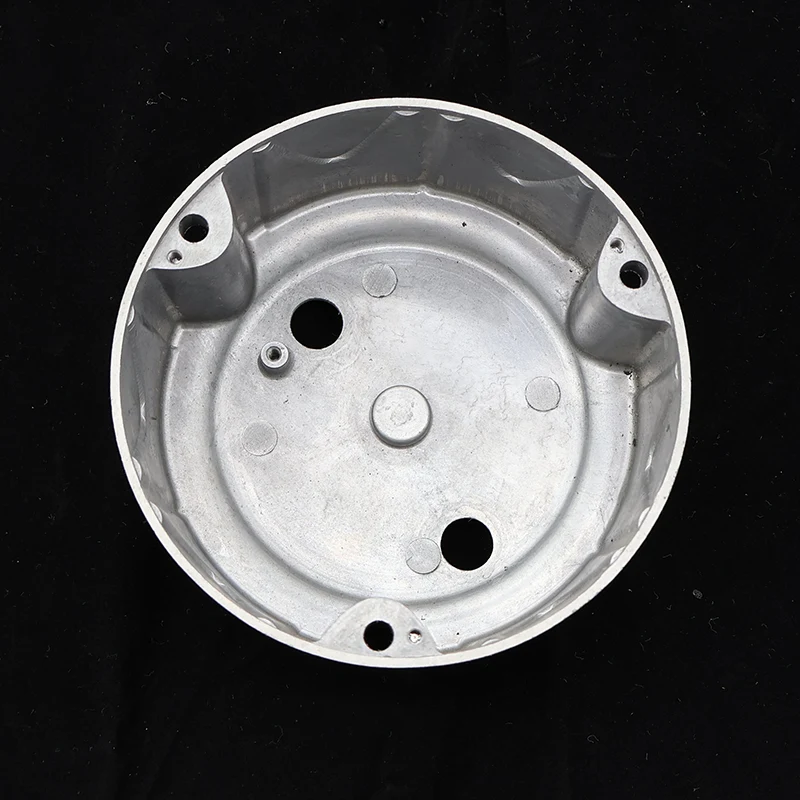What Are Applications of Die Casting?
2025-04-09
Die casting is a highly efficient manufacturing process that plays a crucial role in producing precision metal parts across various industries. By injecting molten metal into a reusable steel mold under high pressure, die casting allows for the creation of complex shapes with high dimensional accuracy and excellent surface finishes. Because of these advantages, die casting has become widely used in industries ranging from automotive to consumer electronics. So, what are the main applications of die casting?
One of the largest and most significant applications of die casting is in the automotive industry. Manufacturers use die casting to produce a wide range of parts, such as engine blocks, transmission cases, wheel rims, and structural components. The lightweight yet strong properties of aluminum and magnesium alloys make them ideal for reducing vehicle weight and improving fuel efficiency without sacrificing durability. Additionally, zinc die cast parts are commonly used for smaller components like handles, emblems, and brackets due to their high strength and excellent surface finish.

In the consumer electronics sector, die casting is used to manufacture sleek, durable enclosures and internal components for smartphones, laptops, cameras, and other devices. Magnesium alloys are particularly popular in this field due to their excellent strength-to-weight ratio and electromagnetic shielding properties. The ability to cast thin walls and complex geometries allows for compact, modern device designs that meet both functional and aesthetic requirements.
Another important application of die casting is found in the home appliance industry. Products like washing machines, air conditioners, fans, and kitchen equipment often contain die cast parts such as housings, brackets, knobs, and structural frames. These components benefit from the high strength, corrosion resistance, and long service life offered by die casting alloys, especially aluminum and zinc.
The lighting industry also utilizes die casting to produce components such as lamp housings, heat sinks, and structural mounts. Aluminum die casting is especially valuable here due to its excellent heat dissipation properties, which help extend the lifespan of LED lighting fixtures.
In the medical field, die casting is used to create precise and hygienic components for equipment such as surgical tools, imaging devices, and diagnostic machines. The ability to produce complex parts with tight tolerances and minimal post-processing makes die casting an attractive option for medical manufacturers aiming for high precision and reliability.
The telecommunications and electrical industries also rely on die casting for parts such as connector housings, cable clamps, and enclosures for electrical equipment. These parts often require excellent conductivity, shielding, and environmental resistance, which can be achieved using specialized die cast alloys.
In summary, die casting is a versatile and valuable process used in a wide range of applications across multiple industries. Its ability to produce durable, precise, and complex metal components makes it a go-to solution for manufacturers looking to combine quality with high production efficiency. As technology continues to advance, the range of die casting applications is likely to grow even further, contributing to innovation in countless products we use every day.


